The Steel Deal – two sides to the story
18 October 2021
As the consumers of steel know only too well, the costs and availability of steel have rocketed in this year.
A number of factors have coalesced into a perfect storm affecting the post Brexit UK market. But the steel manufacturers have not had it all their own way. Joanna Oliver MBE reports.
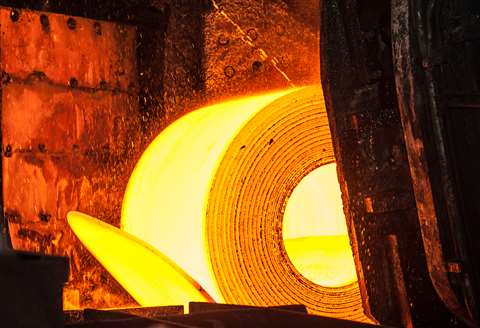
UK steel manufacturing: An overview
Blast furnace production in the UK is led by British Steel (Chinese owned) and Tata Steel (Indian owned). Electric arc production is headed by Liberty Steel - currently suffering financial challenges due to the collapse of Greensill Capital.
Although much excitement is generated by the promise of fossil free and carbon neutral steel, and manufacturers roll out their road maps apace, significant development work remains to be done before commercial “green” production can be assured.
The impact of Covid on global steel production
As Covid gripped the globe, European and North American demand dropped considerably. European steel mills reduced output, furloughed employees and idled blast furnaces.
By the end of 2020, across all markets, steel mills generally saw an increase in activity as manufacturing gradually ramped up, resulting in an increase in demand.
This demand outstripped available capacity - blast furnaces are not quick to turn back on again. Restricted supply resulted in sharp price increases.
Several steel mills pushed OEMs to settle Q1 2021 prices earlier than usual to lock in capacity and secure supply, most begrudgingly paid the increase of up to €100 per tonne to secure volume.
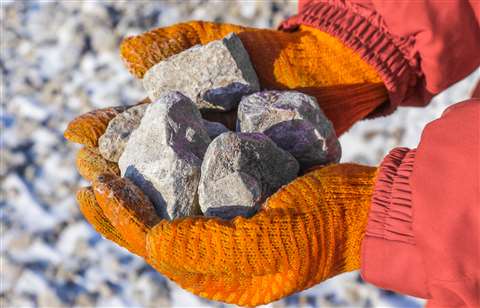
That turned out to be a highly fortuitous move as raw material price hikes far outstripped the gains many mills thought they had secured.
In addition to the demand based increase, inputs of iron ore and coking coal prices rose dramatically and scrap prices followed.
Every sector was looking for more volume to cover the increase in demand. China, for the first time, started to import foreign scrap. In anticipation of huge demand, prices rose very quickly, with Turkish scrap prices reaching $500 pt.
To complete the picture, the UK operated a quota system for steel imports from the EU across a number of steel product lines.
Several countries reached their quota as soon as Q2 2021, meaning any additional volume coming in to UK was subject to 25% duty.
The British Steel perspective
What follows is from a British Steel report on a year of unprecedented highs…
- Much higher raw material costs than anyone predicted with iron ore, coal and coke reaching record highs. For some materials it seems prices will continue to climb due to availability.
- Demand has been stronger than forecast for most commodity products as supply chains restock post pandemic and producers return to more normal operating levels.
- China has been leading the global scene with monthly crude steel production of almost one billion tonnes in a single month! India is also restocking. With two major countries recovering post pandemic this keeps the pressure on raw material prices and increases production costs for all steel producers.
The UK and EU construction sector has seen a real step change in pace over the summer, with materials including steel, timber and plastics costs sharply increasing due to raw material price increases, coupled with availability and logistical issues.
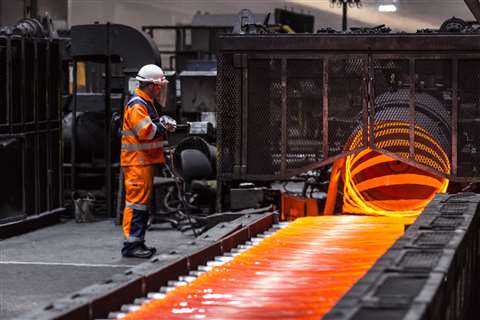
HGV driver availability remains a key concern, with all supply chains competing for transport.
This critical issue is pushing up haulier prices and is impacting customer service levels.
Recovering post pandemic is challenging for many, the unforeseen impact globally is a constant changing scene.
Steel prices have now started to stabilise with EU forecasters reporting that prices will reset to more “normal” conditions, yet the US steel prices remain at record highs… so only time will tell.
2021 so far has been a roller coaster of exceptional ups and downs, but recovery is well underway and steel manufacturers and the surrounding supply chains will adjust to the new macroeconomics they face. *Source: British Steel 1 September 2021.
How have the consumers of steel been affected?
With many steel quotations only valid for 24 hours during the last 12 months, hedging was essential for manufacturers to keep some control of purchasing costs. Some steel product prices rose by over 70% in 2021.
Delivery remains a major issue, a lack of raw materials coupled with a chronic post Brexit shortage of HGV drivers, saw some production lines halted.
John Meale, Managing Director of Thorworld Industries, manufacturers of container ramps, loading platforms and dock levellers, commented; “Since the beginning of 2021, the price we’re paying for steel has rocketed 55% and there aren’t signs of slowing down.
“Lead times have increased and we are having to have very honest conversations with our customers.”
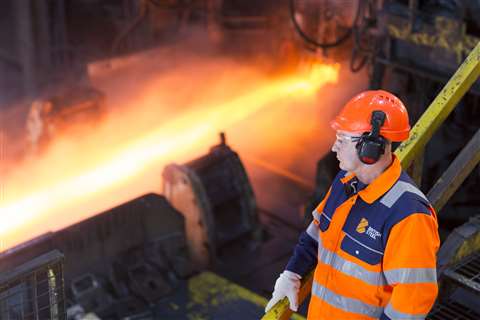
What can be done to support the UK steel industry?
“The Government needs to invest into the British steel sector and build confidence of the UK product and production methods.
“British steel manufacturers have been fighting a losing battle against foreign imports but it’s clear to see we need to increase domestic production to create jobs and bring down prices for business in order for them to survive. As it stands, prices are fluctuating on a daily basis.
Meale added, “This will not be a short-term fix but we need to start planning now so we can be a self-sufficient manufacturer of raw steel to enable businesses up and down the UK to thrive.”
So what next for the Steel Deal?
Despite some analysts’ predictions of a summer slowdown in demand, there seems to be little let up in orders for steel for both construction and in manufacturing. Indonesia has seen a record high in production in Q1 – but is hit with anti-dumping tariffs on arrival in the UK.
In China steel production continues to increase, despite action by the government to reduce exports of domestic steel products to reduce emissions.
Whilst all major steel producing nations are reporting increased production, supply is still outstripped by demand.
In May the Construction Leadership Council predicted shortages of structural steel and rebar for at least six months.
The prolonged blockage of the Suez Canal caused a tightening of commodity
deliveries and a continued shortage of UK HGV drivers mean that, even when raw materials or steel arrive in port, they may be stranded on the docks for some time.
In mid-September, BEIS (the government department for business) declined to allow foreign drivers back into the UK as a short term solution despite pressurised lobbying from the road haulage and manufacturing sectors.
According to the latest figures (to July) from BEIS, fabricated structural steel saw a rise in prices of 65% compared with a year before. Where will it all end? Watch this space.
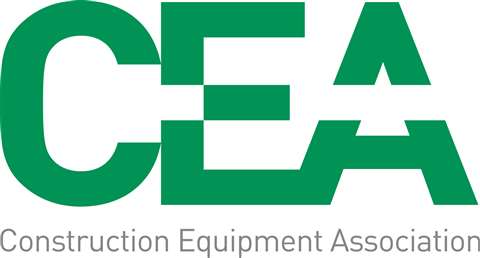
*This article was originally featured in the October 2021 edition of Construction Worx magazine, published by the CEA.
STAY CONNECTED



Receive the information you need when you need it through our world-leading magazines, newsletters and daily briefings.
CONNECT WITH THE TEAM







